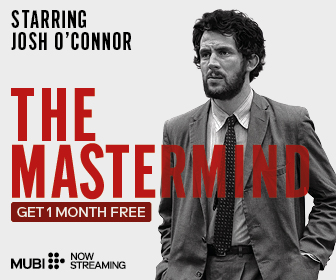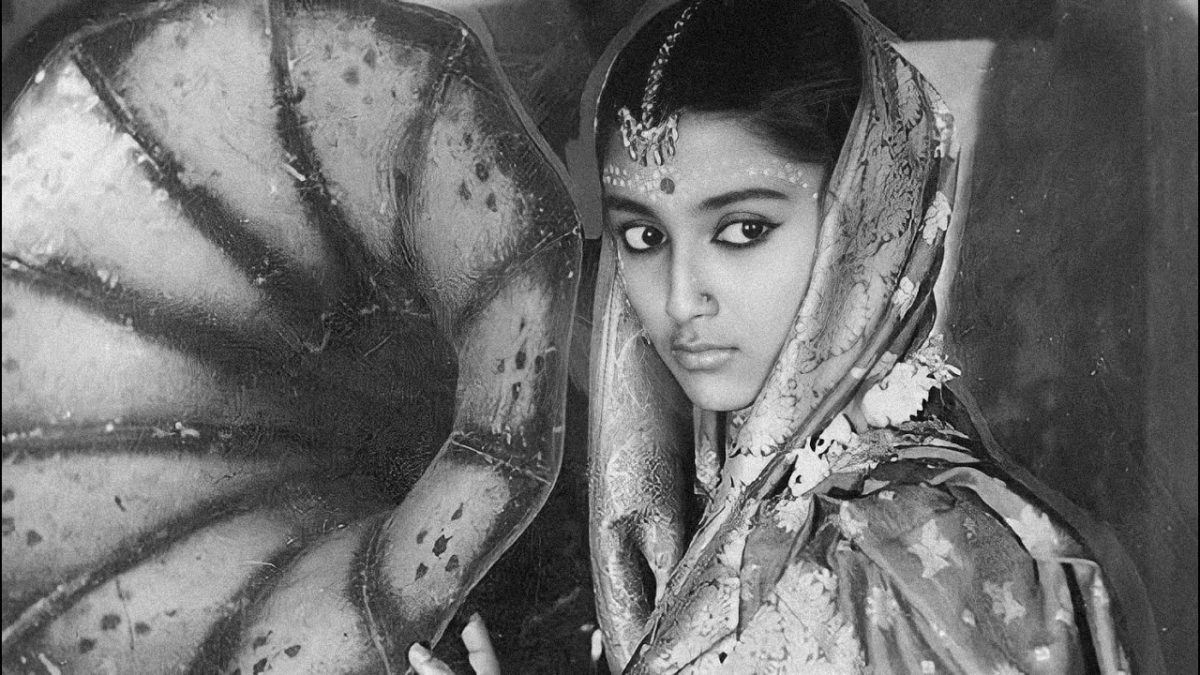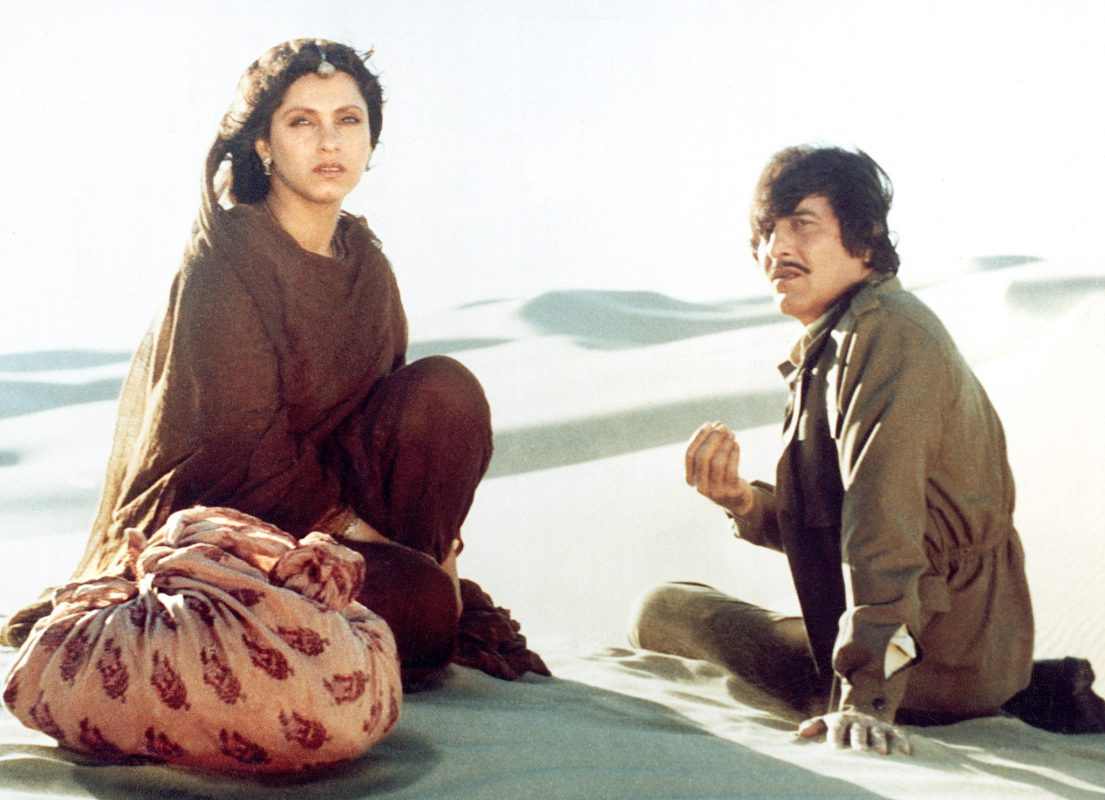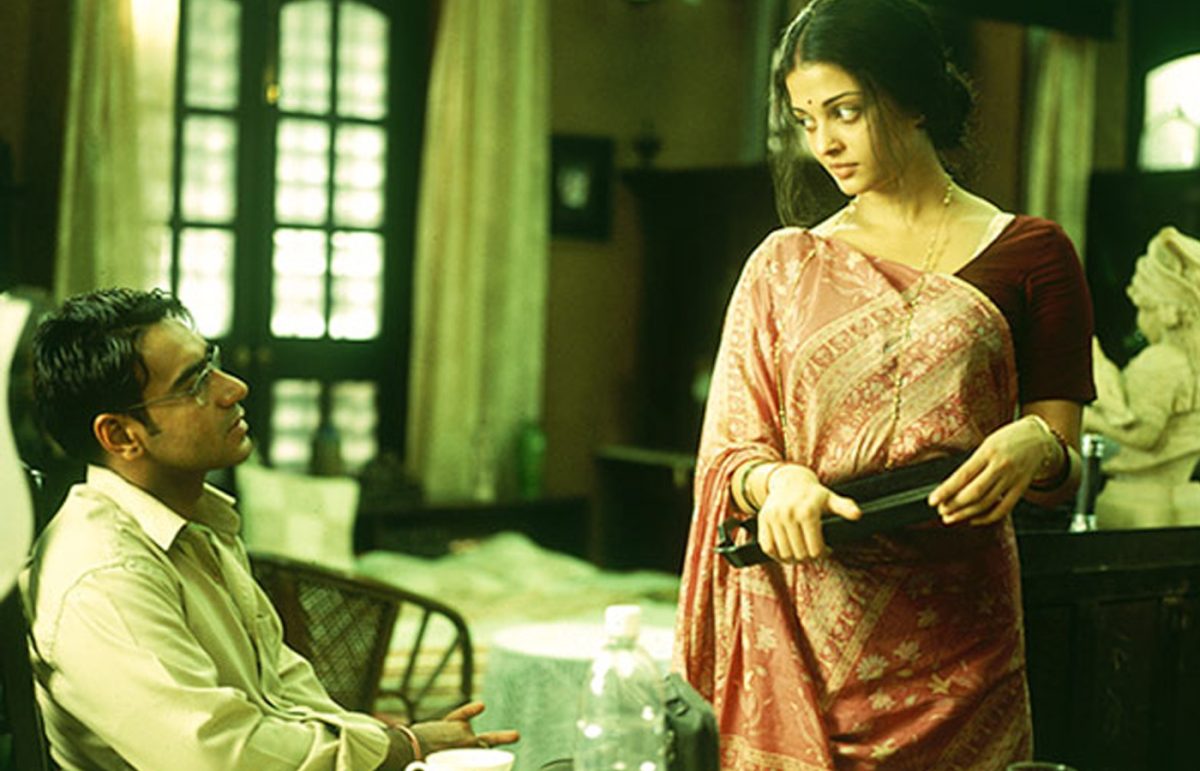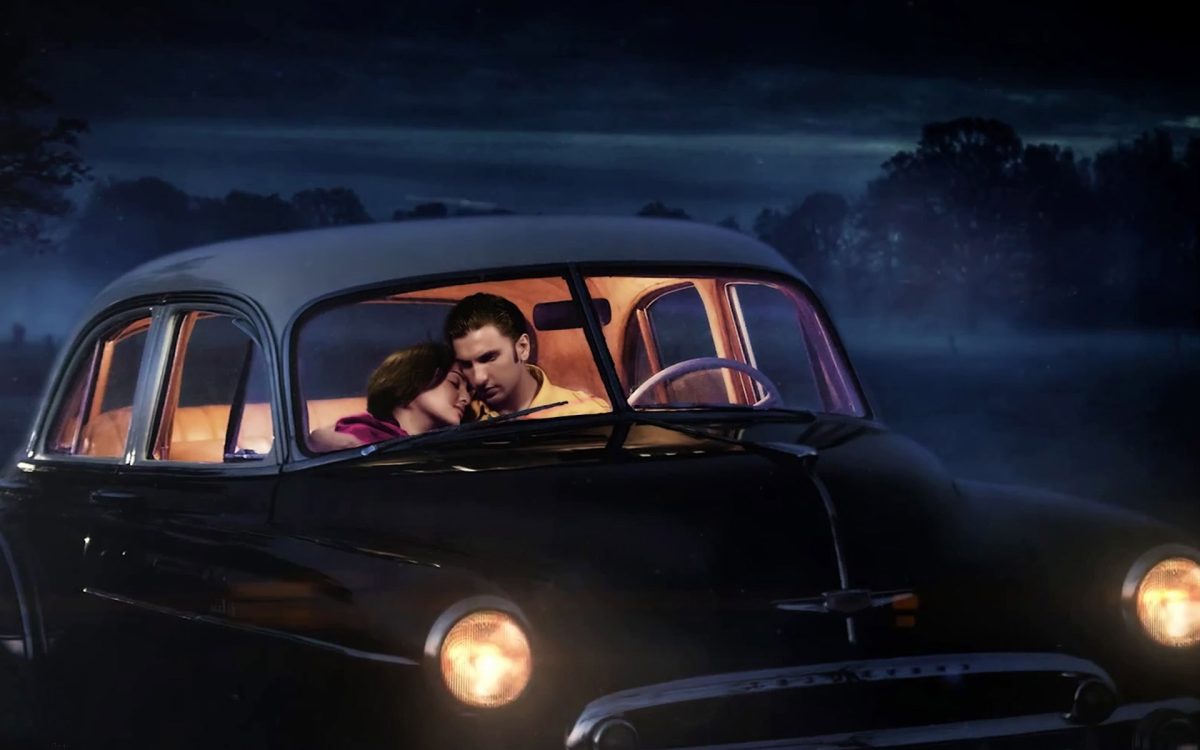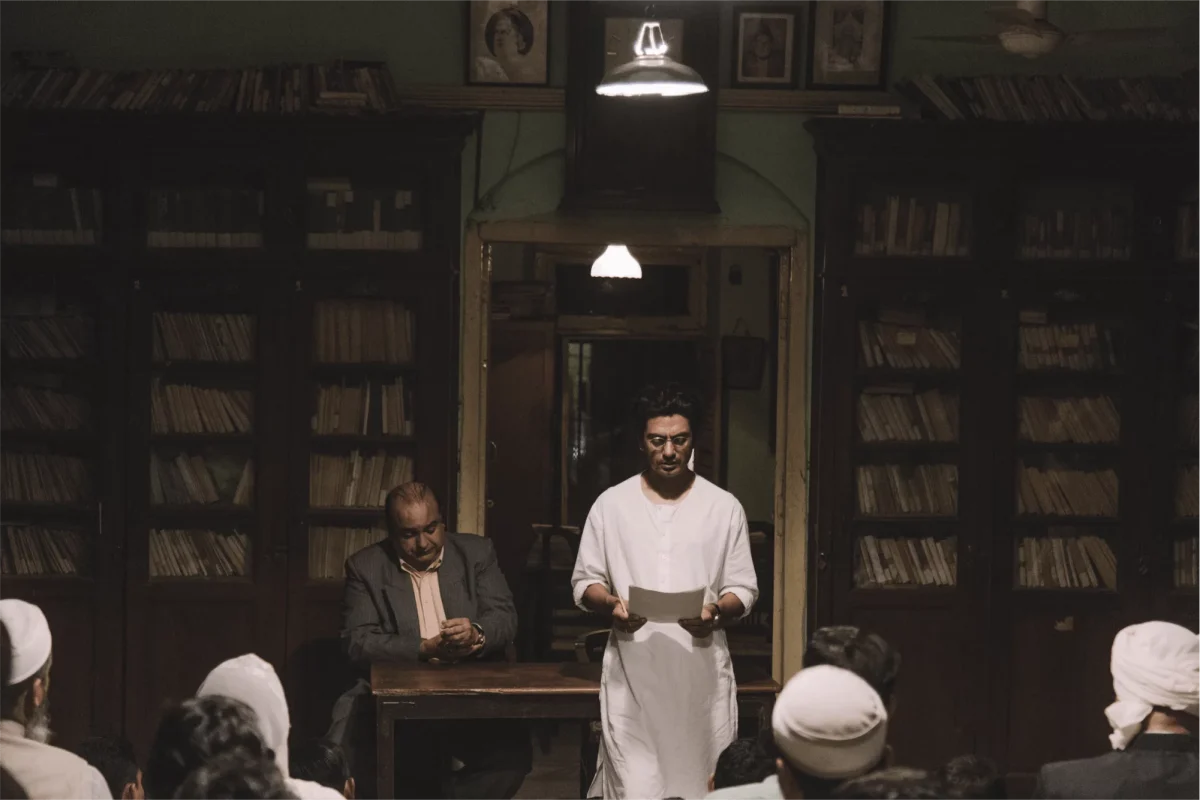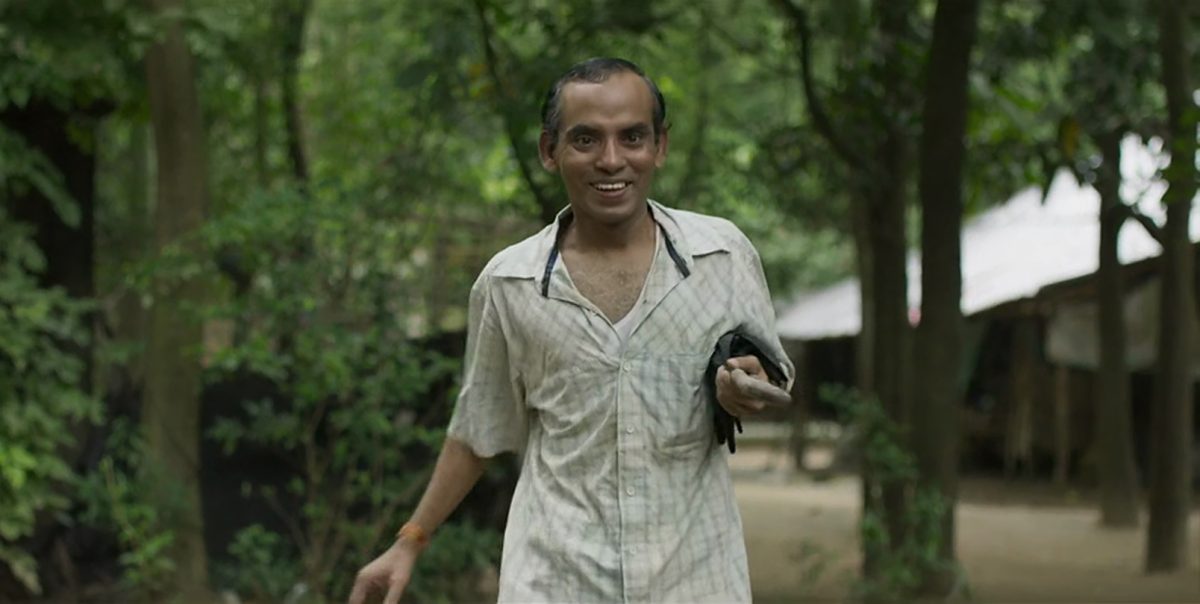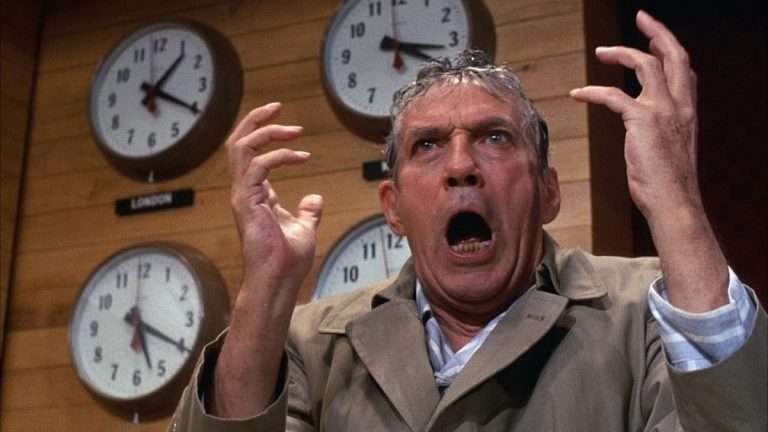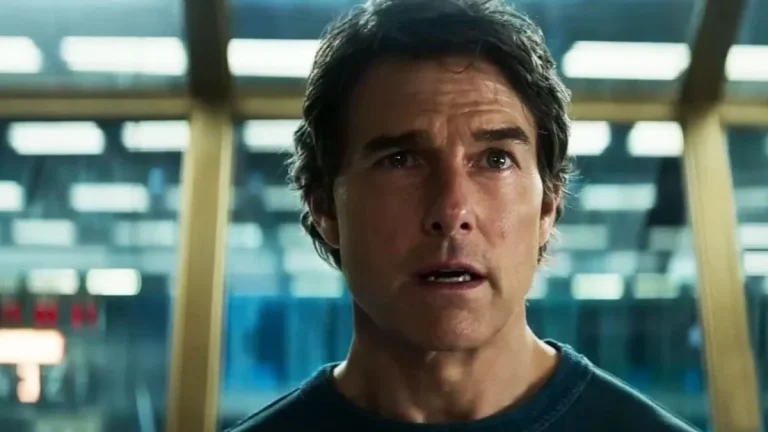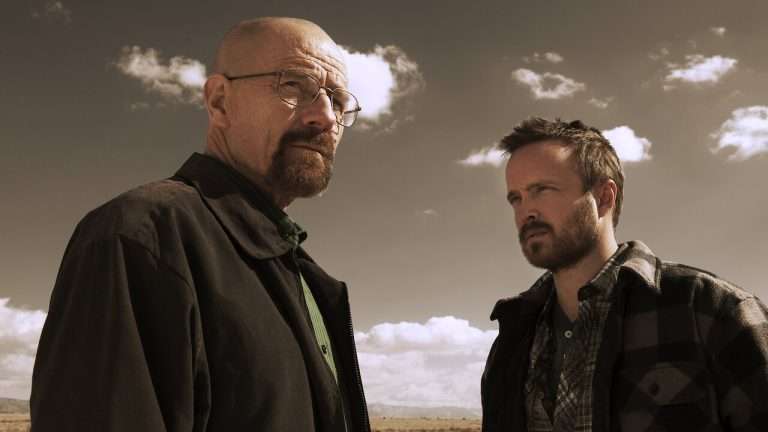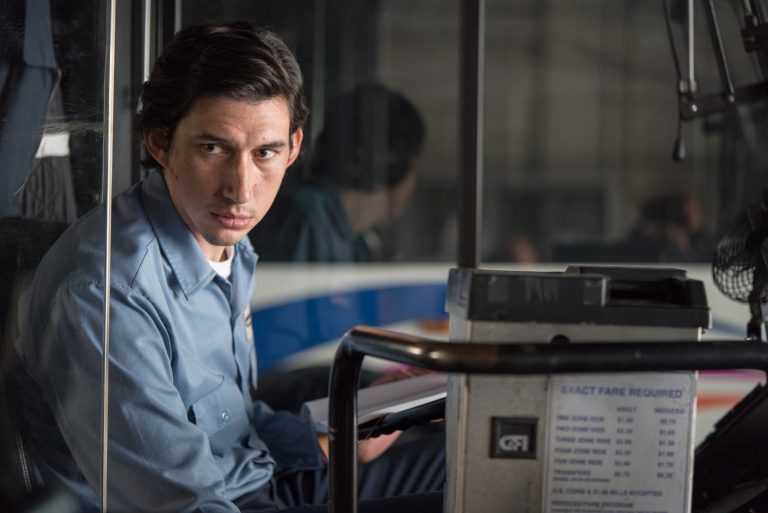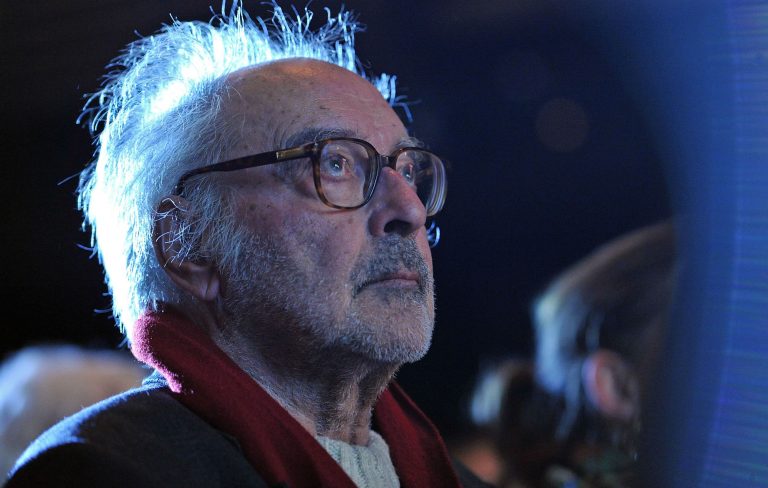The short story is a specific genre of prose literature that developed and became popularised in Europe in the nineteenth century and later influenced other literary and cultural traditions across the globe. The development of print culture, mass production, and propagation of newspapers and magazines, and the emergence of the ‘middle-class’ as a new socio-economic stratum all became contributing factors to the burgeoning of the genre.
From the very early days of its development, cinema has been a medium of amalgamation of different art forms and expressions. Different filmmakers across languages have successfully integrated elements from varied literary traditions in their films, creating a plethora of cinematic adaptations of literary works. Indian cinema has also had a rich legacy of film adaptations of seminal literary pieces.
We have innumerable examples of films adapted from noteworthy plays and novels, but what makes the short story distinct as a literary genre and what makes it so “adaptable” and even “cinematic” in instances is the wide range and scope of interpretation it provides the filmmaker. The compositions being comparatively shorter in length give rise to countless possibilities related to the narration and also character development. Indian cinema across different languages has had some excellent films adapted from short stories. In this list, we will briefly mention and discuss four such Indian films adapted from short stories that are a must-watch for any film enthusiast.
1. Teen Kanya (1961) by Satyajit Ray
Satyajit Ray’s “Teen Kanya” (“Three Daughters”), released in 1961, was the very first time Ray adapted Rabindranath Tagore on screen. His intense introspective communication with Tagore would be pursued for two more successive projects, namely “Charulata” (“The Lonely Wife,” 1964) adapted from Tagore’s novelette “Nastanirh” (“The Broken Nest”) and “Ghare Baire” (“The Home And The World,” 1984) adapted from Tagore’s novel of the same name published in 1916.
“Teen Kanya” is basically an anthology comprising three stories revolving around three different women. Ray adapted three extremely popular short stories by Tagore in this film, namely “Postmaster,” “Monihara” (“The Lost Jewels”), and “Samapti” (“The Conclusion”) chronologically. Anil Chattopadhyay, Soumitra Chattopadhyay, Aparna Sen, Chandana Banerjee, and Nripati Chattopadhyay, among others, featured in the film. The second story was omitted in the international cut of the film, and the film was presented as “Two Daughters” in the international market.
Also Read: Pratidwandi: How Satyajit Ray’s Film Explores The Rapidly Changing Façade of Calcutta
What makes “Teen Kanya” so significant, even after more than six decades of its release, is the sheer sensitivity with which characters, especially the women, were depicted in the film. All three central characters in the three respective stories are curious interweavings of endurance, susceptibility, and strength. They are so different in nature, orientation, and behaviour, and yet so similar internally! Tagore’s stories, consecrated by Ray’s aestheticism, created a celebration of eternal femininity on screen that is to be cherished for ages.
2. Lekin (1990) by Gulzar
Another timeless short story penned by Rabindranath Tagore, which almost shaped the conventions of early short stories in the Bengali language, was “Kshudhit Pashan,” which is often translated into English as “The Hungry Stones”. The great Bengali filmmaker Tapan Sinha directed an extremely faithful adaptation of the story in 1960 with the same name, starring Soumitra Chattopadhyay as the main protagonist, but that’s not the film we are going to discuss here.
Comparatively fewer people know about this other adaptation of the story, which was directed by Gulzar and produced by the magnificent Indian playback singer Lata Mangeshkar, along with her younger brother Hridaynath Mangeshkar, which may act as an unexpected anecdote for many! Actors like Dimple Kapadia, Vinod Khanna, and Amjad Khan starred in the film.
What makes this particular adaptation, which came out in 1991, more interesting and intriguing to me is the way Gulzar almost appropriated and domesticated the story in his own style. Unlike Tapan Sinha’s version, “Lekin” is a much more radical adaptation, which was loosely based on the story by Tagore. Gulzar took the basic plot structure from Tagore and then used his own creative liberty to create his distinct world. He situated the film in Rajasthan, which contributed to its discreet visual palette. The vast desert landscapes of Rajasthan were not merely used for visual delicacy in the film, but the film was also deeply steeped in Rajasthani culture.
The haunting music, almost immortalised by Hridaynath Mangeshkar’s visceral compositions, Gulzar’s scintillating verses, and Lata Mangeshkar’s exuberating voice, gave the film a whole other dimension. The film was widely acclaimed by both the general audience and the film critics upon its release, but what makes “Lekin” so special even today, after more than three decades of release, is its fluidity. The film, which might have very possibly remained a regular horror-mystery story, crosses the realms of rigidity to become a heart-wrenching tragedy, a story of love, betrayal, and liberation!
3. Raincoat (2004) by Rituparno Ghosh
Indian cinema, in terms of adaptation, has never been limited to just Indian literature but has crossed borders in search of mesmerizing stories. Literature from different languages and cultures, including English, has inspired and influenced Indian filmmakers for ages. One such English language short story writer whose stories have been significantly adapted in Indian cinema is the American writer O Henry.
Rituparno Ghosh’s “Raincoat” is notable in that regard. Ghosh adapted O Henry’s famous story “The Gift of Magi” in his first Hindi-language film that came out in 2004. It was the second time Ghosh was collaborating with Aishwarya Rai, their first collaboration being “Chokher Bali: A Passion Play” released two years earlier, which was adapted from Tagore’s celebrated novel of the same name. Ajay Devgan plays the male lead in the film.
Related Read: 10 Best Rituparno Ghosh Movies
Ghosh took the basic element of the tale and knitted his own individual story about two severed lovers around it. The comforting cinematography by Avik Mukhopadhyay and the hypnotic editing done by Arghakamal Mitra together create a hauntingly beautiful experience for the viewers, where we almost get immersed in the world of these two characters. More than 80% of the film is set in a single indoor location, which could very easily lead to monotony, but we remain hooked on the lives of these two people. Their words make our hearts ache, and their expressive eyes fill the gap between the lines.
The conversations among the pair become so private after a certain point in time that we as viewers feel like voyeurs and intruders! The most memorable element of “Raincoat” is definitely its intoxicating music! Debajyoti Mishra’s tunes reverberate in response to the silence draping the entire film. Rituparno Ghosh himself penned the lyrics of most of the songs, which were composed in Brajabuli, an artificial, hybrid poetic language majorly popularized by the Vaishnav poet Vidyapati, which was also used by Rabindranath Tagore in his “Bhanusimha Thakurer Padabali”. All these elements make “Raincoat” much more than just an O Henry adaptation.
4. 7 Khoon Maaf (2011) by Vishal Bhardwaj
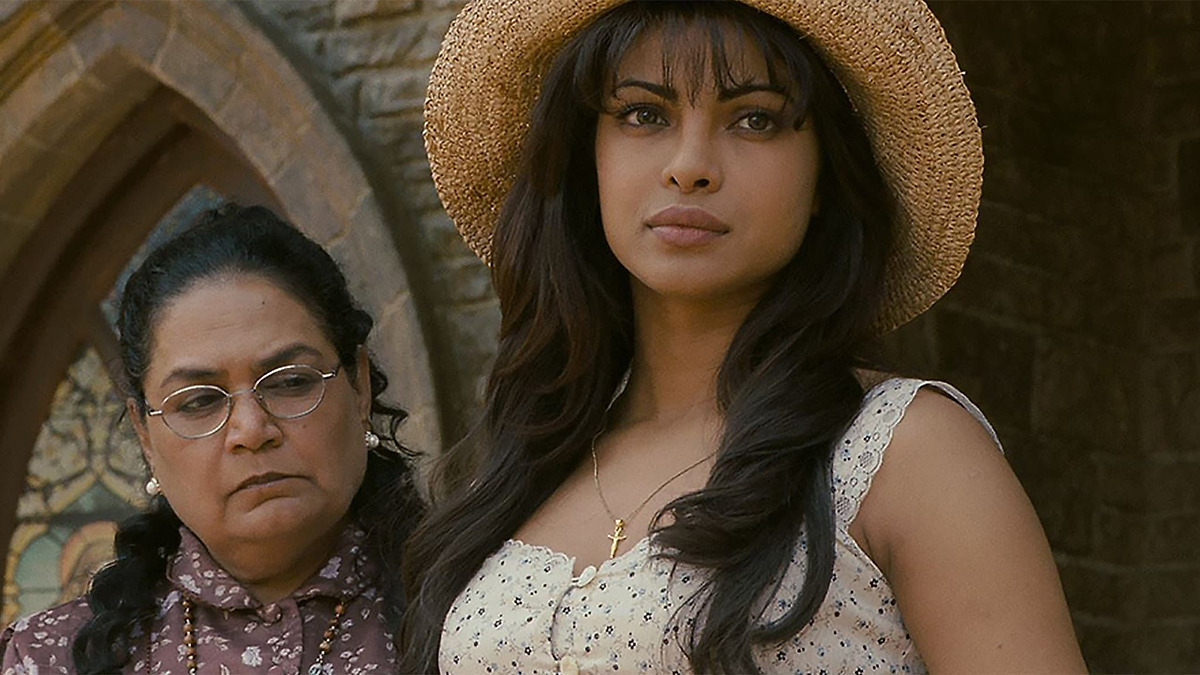
Vishal Bhardwaj is primarily known among cinephiles for his spectacular Shakespeare Trilogy, consisting of “Maqbool” based on “Macbeth,” “Omkara” based on “Othello,” and “Haider” based on “Hamlet.” Bhardwaj has created many more interesting films, including his 2011 directorial “7 Khoon Maaf” (released internationally as “Seven Sins Forgiven”) starring a dazzling Priyanka Chopra in the lead role, which was based on Ruskin Bond’s short story. This adaptation is particularly mentionable, because Bhardwaj almost gives a masterclass on cinematic expansion of a shorter text.
The short story, which was merely four to five pages long, was expanded by Bond into an eighty pages long novella on Bharadwaj’s insistence, who saw cinematic potential in the story. The screenplay was further developed by Bharadwaj along with his co-writer Matthew Robbins.
The story, which was a precise vignette-style thriller, was turned into a more introspective film that delved more deeply into the main character’s psychological state. The film further explores the wider socio-political background of contemporary times, which makes it more relevant. The film was highly acclaimed by most of the critics who praised it for its unique narrative approach and remains a memorable adaptation till today.
5. Lootera (2013) by Vikramaditya Motwane
Another O Henry adaptation from one of the most versatile filmmakers of India in contemporary times. Vikramaditya Motwane, after his spectacular “Udaan,” went on to create an adaptation of “The Last Leaf” with Ranveer Singh and Sonakshi Sinha in the lead roles. Just like Rituparno Ghosh, Motwane also used the basic crux of the short story and created his own world out of it. The first half is a different story altogether, with a strong backdrop, set in rural Bengal. The second half is where the “last leaf” chapter starts. The visual tone shifts in the second half of the story as the mountains start whispering stories of their desire.
Also Read: Five Lessons from ‘Lootera’: On Love, Loss, and the Art of Letting Go
Mahendra J. Shetty’s cinematography and Amit Trivedi’s music collaborate to create an unexplainable cinematic experience. Ranveer Singh delivers one of his career-best performances, especially in the concluding minutes of the film. Sonakshi also delivers a thought-provoking performance where her silence speaks through her eyes!“Lootera,” in my view, is one of the finest O. Henry adaptations ever made—Motwane takes creative liberties, yes, but never strays from the heart of the original. It feels deeply local, yet speaks in a language that’s entirely universal.
6. Manto (2018) by Nandita Das
This is quite a unique film in the list because it is not exactly a short story adaptation. Nandita Das tries to delve into the life and philosophy of one of the most powerful writers of the Indian sub-continent in the last hundred years, Saadat Hasan Manto, who immortalised the cultural wound of partition through his writings and asked questions which are equally relevant today, if not more. The film can be described as a “biographical drama” if we have to box it into any rigid categorisation, but it has snippets of different short stories written by Manto throughout, which act as extensions of his psyche.
Stories like “Thanda Gosht”, “Madari”, “License”, “Peshawar Se Lahore” and “Toba Tek Singh” echo throughout the length of the film like lamenting sighs of time! Nawazuddin Siddique delivers a thought-provoking performance as the revolutionary writer. Kartik Vijay’s haunting frames leave a lasting impact on us, and the background score composed by the Tabla Maestro Zakir Hussain keeps ringing in our ears long after the credits have rolled.
Manto, despite not being a traditional adaptation of a particular short story, deserves to be a part of the list because of its intense appeal and powerful storytelling. “Manto” by Nandita Das remains memorable as the chronicle of a blood-stained page of our history that stays etched in our collective memory.
7. Sahaj Paather Gappo (2016) by Manas Mukul Pal
One of the most heart-wrenching Bengali films in the last decade, “Sahaj Paather Gappo” (“Colours of Innocence,” 2016), directed by Manas Mukul Pal, deserves all the praise it gets and more! It is an adaptation of a short story named “Tal Nabami” by the famous Bengali novelist and short story writer Bibhutibhushan Bandopadhyay, who has had an indisputable contribution to Bengali literature with novels like “Pather Panchali,” “Aranyak,” and innumerable memorable short stories.
The film, as many have mentioned across the years, has echoes of “Pather Panchali” (1955). It depicts the story of two poor young boys and their trivial aspirations. It deals with serious subjects like poverty, social stratification, and stigma, but in the end, it remains embedded in our hearts as a celebration of life on celluloid. Both the young actors, Nur Islam and Samiul Alam, won the National Film Award for Best Child Artist that year for delivering unimaginable performances.
Supratim Bhol’s cinematography here actually substantiates the overused cliché of each frame looking like a painting! The film was shot in extremely mundane yet picturesque locations across villages in the interiors of North and South 24 Parganas, West Bengal, which added to the authentic visual style of the film. Manas Mukul Pal does absolute justice to the core of Bibhutibhushan Bandopadhyay’s story, where the emphasis is less on the narrative and more on the moments, because the mundanities of life are what make life so beautiful!

